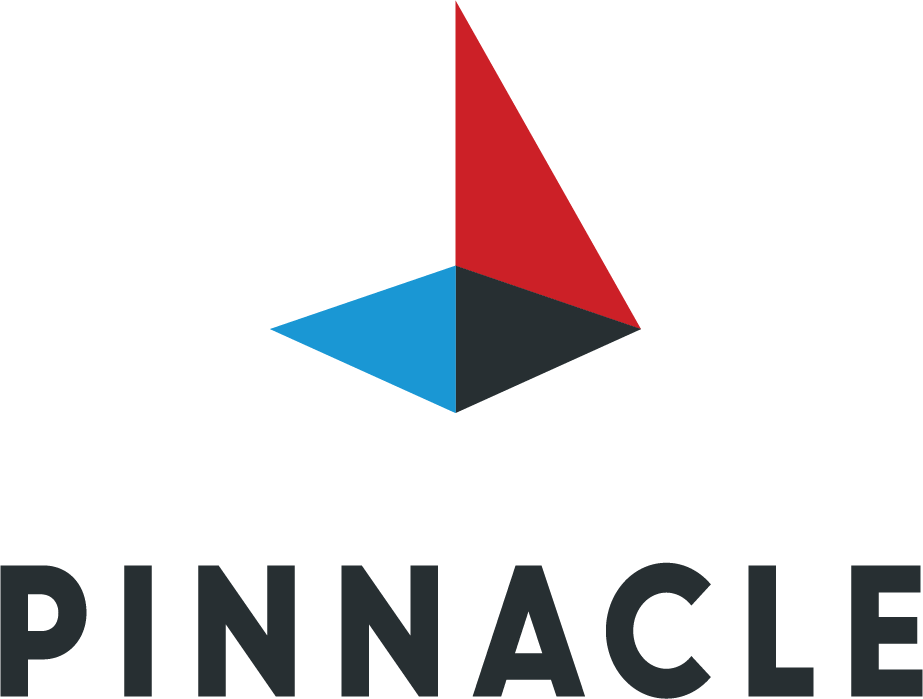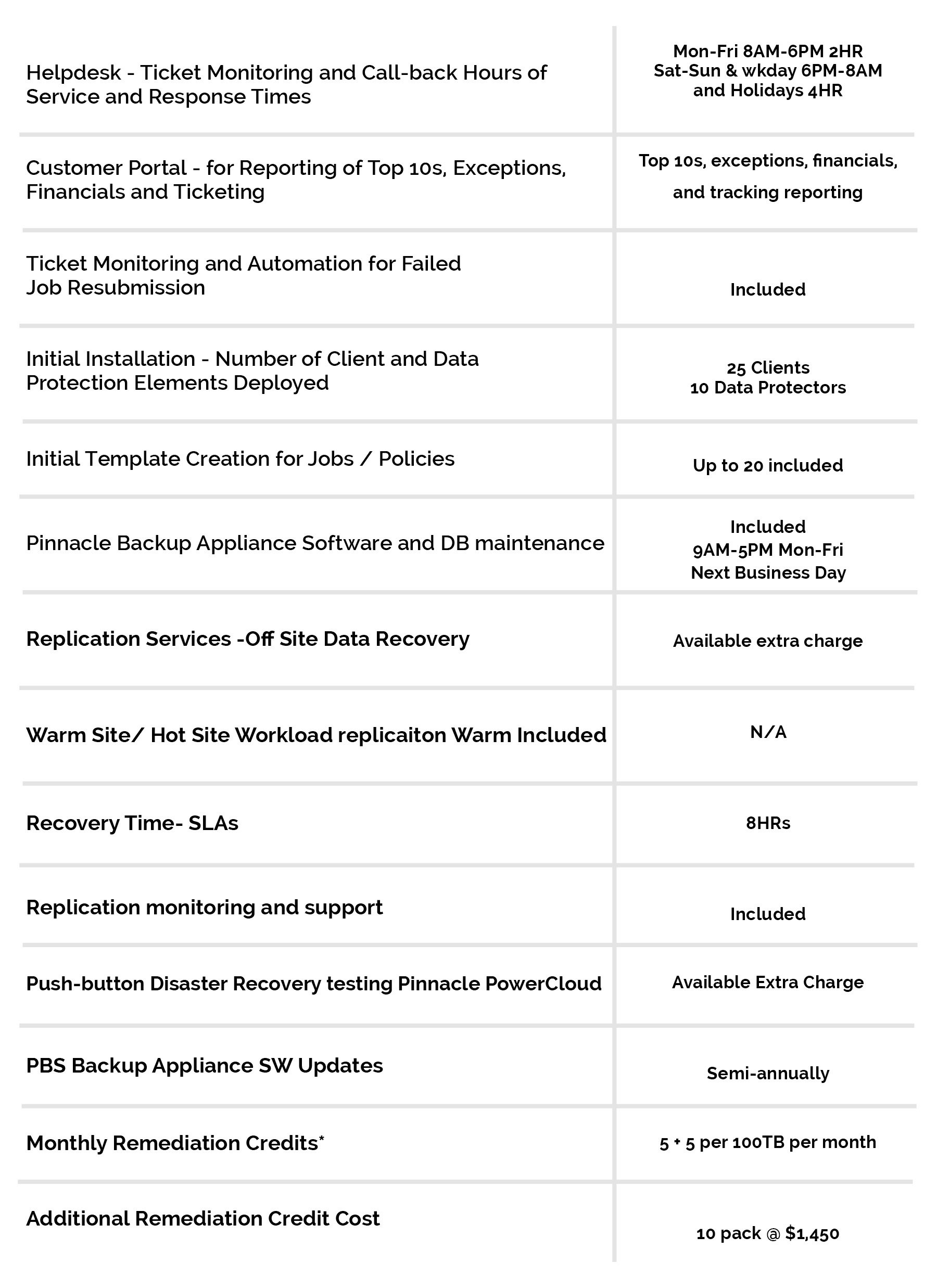17 Jul How to implement new technology effectively
New technology provides exciting opportunities for improvements and benefits that weren’t previously available. However, change can be hard for employees to accept, particularly because it’s a departure from what they’re familiar with and it will impact how they work. Here are a few tips to ensure that your new information technology implementation goes smoothly:
Identify issues new information technology will address
One of the biggest reasons for implementation failures is a lack of user buy-in. If workers don’t understand why the change is happening or don’t see the advantages, they’re likely to resist it. Leaders must closely investigate pain points that employees have with their current systems and publicly identify what solutions the new information technology implementation will bring, Houston Chronicle contributor Bert Markgraf suggested. By taking staff ideas and using them in the technical solution, you will encourage a broader feeling of ownership and increase the likelihood for successful adoption. Employees will be able to see how the technology will benefit them over their current system and be more open to the change.

Identify what issues the information technology implementation will address.
Provide a variety of training materials
While workers might be receptive to IT implementation, it’s not a good idea to just drop the new technology on them. If staff start using the solutions on their own, they likely won’t utilize it effectively and might even make critical mistakes. Smart CEO suggested providing multiple training sessions and supplementary materials to accommodate learning styles and ability levels. Training might focus on a few features at a time or different aspects of the technology that departments will use. Creating a training initiative will help build the new technology into routines as quickly as possible while giving employees the tools to maximize return on investment and achieve optimal performance.
“Tracking metrics will help identify any key issues within the implementation.”
Measure the results
Once the new solution is implemented, organizations cannot afford to become complacent and must actively monitor metrics associated with their technology. Hartford Business contributor John Beyer suggested setting benchmarks before implementation to help evaluate the return on investment and illustrate the value of the technology. Leaders might look at how many members should be using the solution within a certain timeframe, desired reduction in system interruptions and increases in productivity. These numbers can help motivate employees to become more efficient in using the technology and ensure that customers are receiving better service.
At the same time, tracking metrics will help identify any key issues within the implementation. If a key functionality was overlooked or if members aren’t using the technology correctly, business leaders can provide additional training, provision their systems appropriately and refine their purchasing strategy for future solutions.
Adapting to new technology and abandoning solutions that you’re familiar with can be a major shift, but it’s necessary to keep up with the competition and serve customer needs. By identifying issues it will address, providing training and measuring the results, organizations can ensure that their new technology is implemented effectively. For help with your information technology implementation, contact Pinnacle Business Systems today.





